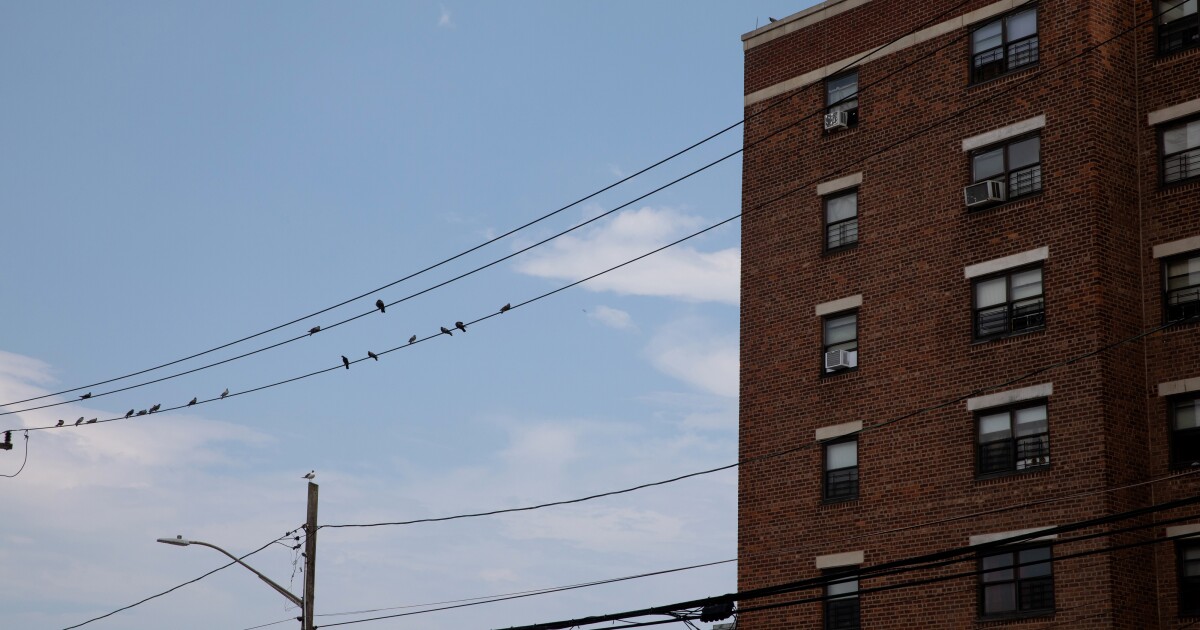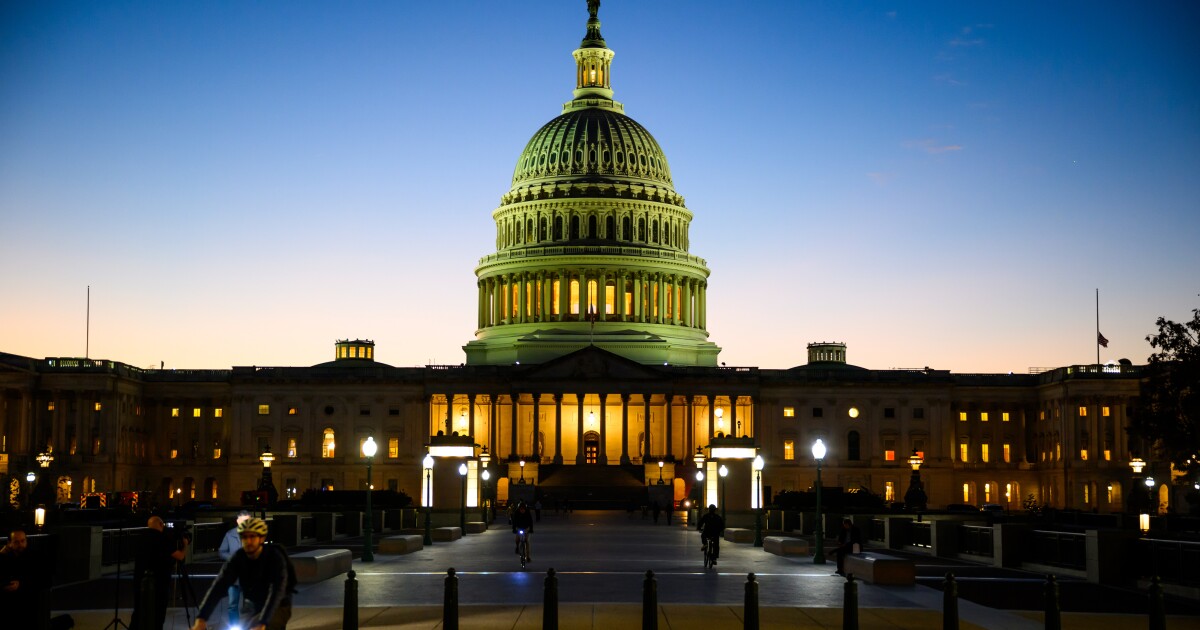
With democratic socialist Zohran Mamdani likely to be the next Mayor of New York City, it seems safe to predict the end of the great progressive experiment in public housing that began during the New Deal. Tenants in city-owned apartments pay less than half of the cost of operating the units, which are dilapidated and poorly maintained. And the economics of public housing grow worse every day.
Public housing in most US cities is about apartments. But the unspoken truth is that apartments are the most expensive way to provide housing, especially for low-income families in vast cities like New York.
"Virtually the entire federal affordable housing subsidy approach, along with transit-oriented residential development, is focused on 1-2 bedroom apartments in 50+ large buildings--only 13% of occupants of rental dwellings live in such buildings," argues Ed Pinto, Senior Fellow and Codirector of the Housing Center at American Enterprise Institute.
A former Executive Vice President and Chief Credit Officer at Fannie Mae, Pinto notes that the bottom line on multifamily assets is that 30% of occupants of rental dwellings live in buildings with more than 10 units, (28% for low-income workers aged 25-65). But 66% live in single-family homes and two-to-nine unit buildings (68% for low-income workers aged 25-65).
"There is a simple reason for the skewed distribution toward single-family homes as rentals," Pinto told NMN. "Apartments are just too expensive on a per-bedroom basis. Most apartments in larger buildings have a small number of bedrooms. Single-family homes and two-to-nine unit buildings have a larger number of bedrooms."
The reality that Pinto illustrates, ironically, is that the much maligned suburbs turn out to be more affordable than the dirty, crowded and dangerous inner cities like New York, Chicago, San Francisco and Los Angeles. While it might be better for a working family to live in the suburbs, the politicians in the inner cities have no interest in helping families to escape urban squalor.
Blue state progressive politicians have increasingly attacked property developers, driving capital and financial expertise away from large cities. One of the reasons that there has been so much overbuilding in southern markets is the migration of developers out of states like New York and Illinois. But the same issue of inflation that has propelled the candidacy of socialist politicians like Mamdani in New York is eroding the foundations of urban multifamily housing.
The New York City Housing Authority (NYCHA), established in 1934, was the primary entity responsible for building and managing public housing in New York City before 1947. NYCHA was created to address the city's housing crisis, particularly the pervasive slum conditions in many areas. The agency utilized a combination of city, state, and later, federal funding to develop and operate public housing complexes, many of which are still in operation today.
NYCHA's initial focus was to provide affordable housing for the working and middle class, not solely the poorest residents. However, even within this group, there was a struggle to maintain a balance since some residents faced eviction if their income surpassed the limit. Others with lower incomes were increasingly unable to afford even the modest rents in public housing.
The impact of inflation on operating costs for apartments has made operations like NYCHA a vast engine of value destruction. The operating deficit makes it impossible to manage and maintain the assets up to private standards. But now the same inflation pressures on low- and moderate-income families in New York are pushing politicians to attack the economics of rent-stabilized apartments, which ultimately makes the entire property a substandard credit.
I published a blog comment ("
The proof of the pudding in terms of the futility of promising urban residents "affordable housing" is that acquiring and building an apartment in New York City can cost over $1,000 per square foot. Subsidized construction can cost twice the cost of a private project.
Projects receiving Low-Income Housing Tax Credits (LIHTCs) tend to have higher development and operating costs compared to market-rate private projects. A big part of this excessive cost is the political overhead, including non-competitive deals for public sector unions in blue cities like New York.
In the first quarter of 2025, the median asking rent in NYC was $3,397, reflecting an 18.1% increase over the past five years, according to
The value of the property underneath city-owned properties is vastly more valuable than when NYCHA was created 90 years ago. But the improvements – the buildings – today are a considerable liability for the city.
Imagine if a future leader of New York City put aside the phoney "solutions" and actually reimagined the city. Imagine if NYC began to replace high-density multifamily apartments with parks comprised of small single-family homes, perhaps manufactured homes designed for a young family.
There are vast areas of New York City occupied by underutilized commercial buildings and aging multifamily buildings that need to be demolished and redeveloped. Manufactured Housing Communities (MHCs) are considered a strong asset class within commercial real estate, boasting high occupancy rates and rising rents, according to Northmarq. Investors would be glad to invest in such properties, if socialists like Mandami did not try to expropriate their property.
Can politicians in cities like New York admit that public ownership of multifamily housing assets is a failure? Instead of subsidizing buildings it cannot afford to maintain, why not have NYC spend the billions of dollars on helping working families buy a new home in downtown Manhattan? Or the Bronx or Queens? It does take money, but more important, it takes vision.
"We're looking for ways to allow the private sector to do what it does best, which is provide goods and services to the people of this country and the world, and doing that in a way that's based on market principles, as opposed to government subsidies and government dictates," AEI's



